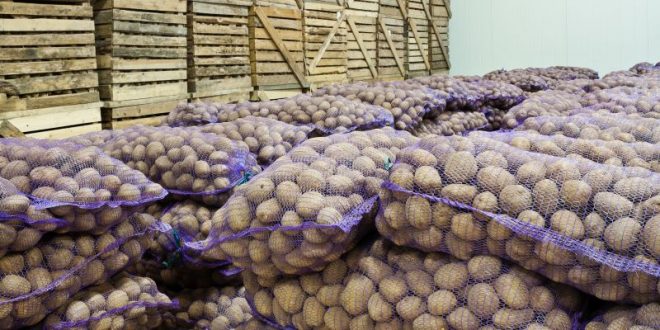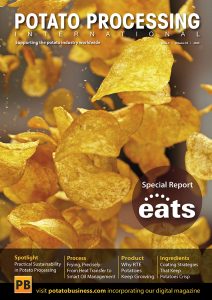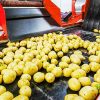Europe’s Potato Boom Turns Into Market Headache For Farmers

Europe’s fresh-potato sector is confronting a paradox of plenty this season as major producers in Switzerland and Germany reap record yields and grapple with the consequences.
In Switzerland, growers are harvesting volumes around 20 % higher than in 2024 and some 17 % above the long-term average, according to industry association Swisspatat and reported in a recent article by blue News. After a run of four years of shortage due to adverse weather, pests and crop losses, this turnaround has generated unintended commercial challenges. While the larger volume means domestic demand can be covered without import reliance—experience shows that Swiss consumption remains broadly stable at around 45 kg per capita per year according to one report—storage capacity is under strain and quality thresholds have become more exacting amid surplus.
Quality issues are proving significant. One grower, cited in reporting, had 32 tons of potatoes rejected by a buyer because they didn’t meet size or appearance criteria—even in a year of abundance. Meanwhile the surplus has placed downward pressure on prices. Retail chains in Switzerland have already begun offering promotional rates and reducing pricing compared to the previous year. On the upside, growers appear to retain higher earnings this season, owing to fulfilment of contract volumes and a larger overall crop.
But Switzerland’s success story carries a caveat: according to research from Agroscope, rising temperatures and more frequent droughts pose a threat to future productivity of the tuber crop, which does not tolerate sustained heat above 30 °C well. Growers and industry stakeholders are reportedly looking at new high-altitude planting zones and resilient varieties to mitigate future climate risk.
At the same time Germany is experiencing its own potato glut. Reports from Deutsche Welle and market-intelligence outlets indicate a harvest expected at around 13.4 million tonnes in 2025—roughly 5.3 % above last year and 17 % above the ten-year average. While this suggests a return to yields not seen since 2000, the surge is exerting downward pressure on grower revenues and straining supply-chain capacity.
For many German producers the challenge is not simply volume, but securing off-take contracts and storage. A Deutsche Welle segment notes that many farmers increased acreage after strong pricing in the previous year, only to face fewer contracted sales and the risk of having to divert or discard excess crop. The surplus is helping to drive down consumer prices—and while that is good for shoppers, it tightens margins for primary producers.
For the potato-processing supply chain (chips, fries, starch) and fresh table segment alike, the twin cases illustrate the volatility of production cycles. Large yields are no guarantee of profitability unless matched with demand growth, logistics, storage and off-take agreements. For equipment suppliers, storage-capacity planners and processing-contract negotiators the message is clear: abundance can bring as much pressure as scarcity.
From a B2B perspective, several industry implications stand out:
-
Storage infrastructure and logistics: Both Switzerland and Germany are citing compressed storage capacity and container (e.g., “palox” crates) shortages in harvest surges.
-
Quality management and off-take contracts: With greater supply, buyers are enforcing stricter quality standards and growers may face higher reject rates or diversion to animal-feed or biogas streams.
-
Market forecasting and contractual alignment: Growers, processors and buyers need tighter alignment between planting, contracting and expected uptake to avoid surplus spikes.
-
Climate adaptation: In Switzerland especially, the spectre of future yield declines due to heat and drought emphasises the need for varietal development, altitude shifts and adaptive agronomy.
-
Processing industry implications: For processing sectors dependent on stable feedstock volumes (like fry-potato or starch potato), such surplus years raise questions about sustainable contracting and price resilience.
In conclusion, the potato sector in Europe is navigating a turning point: from years of short supply to years of potential oversupply. For growers, processors and infrastructure providers, the challenge now is not only to harvest well but to manage well. Quality filtering, storage readiness, flexible off-takes and climate-secure agronomy are becoming central to turning a bumper crop into lasting profitability.

















